You work in development cooperation and your organization really comes up with well thought-out concept notes and materials to sustainably change people’s livelihoods. But it is a big challenge to get your target audiences to read these standard documents? ― Here is something for you: Repurposing content!
Think of it like this: It is actually the informative core that you want to convey, not the documents! Even if supervisors with a scientific background overly control your communications environment, try to convince them not to get stuck on the formatted documents and be hyper-sensitive about the agreed wording. Show them that it is easier to reach greater attention levels with different target groups when the content is fluently reformatted to fit other types of media.
We all know that different people have different tastes. Same goes for media consumption preferences. So if you want to achieve something with your communications, don’t go overboard with expensive document layout. Consider repurposing content by presenting it in different ways, using other types of media!
What Is Meant by Repurposing of Content?
Repurposing of content goes along with reformatting it. The basic idea is fairly simple: I lift the intellectual core of the content from a certain medium ― most of the time from Word docs or PDFs ― and adjust it to the requirements of other media formats. In other words, I try new avenues to reach the people who are important to my project.
You can get really creative with repurposing, especially when you consider indirect ways to reach your target groups, via influencers for example (I’m planning to write another blog on generic strategy).
Below I discuss repurposing in form of audio recordings, online roundtables, infographics, video explain pieces, interviews, blog or vlog pieces, and commenting on recordings.
Repurposing Can Make All the Difference
It really can, especially if you operate in conjunction with social media. In general, repurposing is extremely useful when source materials comprise mainly concept notes, white papers, surveys, studies or even unedited livestream recordings of events, to give also an example on the video side. The underlying intention is to breathe life into technocratic jargon or to add a human touch to an event ― all geared towards each distinct target group and the way they typically use a particular medium.
Obviously, every medium comes with its own opportunities and limitations. Adapting content to a format, therefore, is quite a complex process. To do it right, you’ll need to really be aware of what each medium demands of you in terms of re-prepping the content.
Please note: What is not meant here is the ubiquitous truism that everything needed to be short and snappy for social media. If you want to convey certain messages to knowledgeable target groups, you will have to provide them with a certain depth of information and reflection. This will only be possible if you give it a certain space. Generally speaking, you are good as long as you can keep the tension on the side of the audience ― which surely depends on your target group and ideally should be tested with focus groups and not only assumed. Using both a teaser or short version along with an in-depth edition can help in cases when you are not sure about your target group’s needs. And remember: even target groups’ needs established by research might fluctuate from time to time. There’s a time for canapés and another for sit-down dinners.
Repurpose Format #1: Audio Recordings of Your Concepts
Since most concepts in development cooperation are still constructed in a linear way―as Duncan Green has cogently pointed out in the chapter Systems Thinking Changes Everything in his latest book How Change Happens, where he also demonstrates how far this approach is from real life by the way―, a great and simple idea can be to read these concepts out loud and record it. You can then mount the audio file on soundcloud.com or iTunes for example and send the link around via your preferred social media.
![]()
Audio podcasts can be used for all target groups who don’t have time in general or are tired of reading all day. These people can listen to your recording while driving or they can close their eyes on the plane.
The amount of effort that goes into the production of podcasts can vary a lot. If you have a decent mic and someone who reads out well, that might already suffice for your purpose. In other cases, you might want to consider using a more professional recording setup. In most cases, simpler but still professional options will do, and they are likely to be more cost-effective than laid-out paper documents.
Repurpose Format #2: Online Roundtables
Another way to repurpose your content is to use online tools such as Google Hangouts or Huzza.io. The idea is to discuss certain aspects of your content (documents) with a number of people with diverse viewpoints sitting in front of their webcams. An internet livestream can provide for a large audience if you want. You can decide if you want the live audience to be actively participating in the actual discussion in a particular access form or if you rather want them to only watch.
A more or less edited version of the recording can be provided after the event and disseminated via social media marketing, which again serves slightly different purposes.
Repurpose Format #3: Interviews
You can repurpose content from your concepts by using a professional video interview format. The interview can also be conducted over the internet to save on travel expenses. There are a number of tools to facilitate online recording.
Interviews are great when you want to highlight key aspects of your concept ― as opposed to summarizing, for which it is not suitable. Invite the main author or someone who was in charge of producing the concept to come on camera with you.
The trick is to be aware that you are doing PR but not letting it come across as such! Most professional audiences nowadays have been exposed to all sorts of messaging for their entire lives, making them extremely media savvy. They can easily smell out if what they are presented with is actually public relations, mentally logging off without even realizing it themselves. So if you’re not the interviewer yourself (which is usually advisable), don’t restrain him or her. Empower him to be as critical as a journalist would be. You can always edit parts that are really not to your liking during postproduction.
In other words, the main advantage of the format interview is that you can utilize a critical counterpart to balance your views, setting it in the overall environment of your theme. The interviewer plays the role of the viewer, which gives it an interactive nuance. Real interaction can be achieved via the comment functionality of your video platform. You can stimulate it by placing YouTube Cards into the video or by using the interviewer talking straight into the camera, reminding people to ‘like’, ‘share’ and comment towards the end of the recording.
Video is everywhere in social media right now and it will advance even more. In many cases though, it might make sense to consider using sound only.
To podcast audio interviews saves you the efforts of having to set up cameras and postproducing the visual part. Plus, it reaches other audiences. Radio-type interviews can be mounted easily on platforms such as soundcloud.com or iTunes and ‘shared’ from there.
Repurpose Format #4: Infographics
An infographic is a visual representation of information or data such as a chart or diagram. It is a popular form of content marketing that can help you simplify a complicated constellation in your concept, especially for use in social media. Ideally, an infographic is visually engaging and contains a subject matter and data that appeals to your target group.
Infographics should not be confused with the posters that scientists use in poster sessions at conferences.
The one on the left resembles a very common case where the necessary reduction of complexity was not achieved. It demonstrates how important it is to not overload the space and to not hype each and every element as if it was the most critical. Don’t let the elements compete for attention. Some of the text blocks are too wordy as well.
Many well-constructed infographics use some form of depiction of a flow to guide the viewer in the direction he or she should ‘read’ the infographic (right).
I admit infographics are not my favorite because it is often very difficult to capture the essence of a subject without losing valuable and necessary information. Quite often text components from the concept material seem to be simply dropped into a beautified, artsy scenery. So you will have to look carefully at each particular case: How much time will your target audience realistically spend on looking at the infographic and how well can you transpose the content?
Small caveat: There are indications that infographics cause for higher ‘sharing’ numbers on social media thanks to their visual appeal. However, their content is often not really ‘perceived’, which is underlined by the fact that stories that are carried along with them often don’t receive similar levels of attention. In other words, they have higher ‘share’ or ‘like’ numbers than actual ‘views’ and therefore infographics might often come close to what is called click-bait. (See my post People Share Without Reading)
There are a number of online tools to produce great infographics, which are even relatively easy to handle.
I recommend that you do however hire a professional graphics designer to provide you with a good set of templates to start with.
Repurpose Format #5: Video Explain Pieces
The equivalent of infographics in moving pictures are explainer videos (often animated), which also aim to reduce technical complexity. These videos face similar difficulties as infographics, maybe with the exception that it is easier to guide viewers, which is provided by the flow of the movie and the voice-over.
If you are aiming for a certain quality level, the amount of effort and resources that go into the production can get enormous. In a case where you aim at broad audiences and you want to make a large part of the population aware of a problem of apocalyptic extent like climate change, this might be justifiable. However, if your content has less potential for that kind of scaling, consider your budget.
Remember not to be all fixated on the product. You’ll also need resources to make people aware of the actual existence of your video. There are many really well-made explain pieces out there that literally count a meager 25 views because nobody ‘marketed’ them on social media.
Repurpose Format #6: Blog Pieces
You can also lift key parts of your content from your original document and make it the subject of an easily consumable blog piece. Since most concepts in development cooperation tend to be complex, you might want to consider covering these different aspects in a series (i.e. the blog), which not only makes each piece shorter. It also contributes to binding the audience to your format.
Clearly, pictures are a critical component for cranking up the appeal of blog pieces. So you should think about sourcing them professionally. There are a number of online tools for this. However, pics are not as important as some people claim. One of the most widely read blogs in development cooperation for example, ‘From Poverty to Power‘ by Oxfam’s Duncan Green with 300,000 subscribers, uses images, but they are not very fancy. It is obvious that the blog’s success doesn’t hinge on them.
Green’s blog is not constructed to repurpose the contents of Oxfam concepts. It is conversational and his disclaimer states that the blog is a personal reflection, not intended as a comprehensive statement of Oxfam’s agreed policies. In doing this he gets much of the tactical advantages that I described for interviews above (critical distance, discourse, bringing the viewer onto the set).
So Green’s blog pieces are probably not intended as a repurposing of Oxfam’s concept content, but they could have been, in a nifty way!
Repurpose Format #7: Vlog Pieces
A vlog is a blog in a video format. Therefore much of what’s been said about using a blog piece to repurpose content is applicable to vlogs as well. Vlog pieces are easy to consume and can turn out to be highly engaging formats. However, preproduction is likely to be a challenge when you work with scientific or strategic content. You cannot simply lift the content from your concepts and chat about it. You will have to really think hard about how to verbally present the content in a way that fits the format!
The final products are mounted on the usual video platforms and linked and embedded from there. Clearly, starting a comprehensive series will raise long-term attention levels substantially.
Repurpose Format #8: Commented Screen Recordings
This is a brand new idea of mine and therefore I cannot present you with a sample yet. It works like this: Imagine a development organization runs an event on a subject adjacent to your thematic area. Typically in development cooperation, the crowd which follows this event is the one you want to reach out to. These people from other sectors are considered susceptible to your kind of messaging, but they are not part of your regular in-crowd which has been ‘converted’ by your messaging already.
With screen recording software the publically transmitted livestream is recorded. In postproduction key parts will be singled out, then one of your team critically comments or positively elaborates on what’s been said in the parts. You can do that on camera using even some green screen effects.
Conclusion
All types of repurposing are relatively cost-effective. The core content is there already and hiring camera gear and software will not be prohibitive.
One should always keep in mind that there is no such thing as a single optimal format for repurposing. Just like there’s no one ideal social medium. No matter what professional group you regard your target individuals to be in, they will always be working under different circumstances, definitely having personal preferences and idiosyncrasies. Your ‘market penetration’ will be cranked up tremendously when you repurpose your content simultaneously in different formats and present a well-thought-out mix.

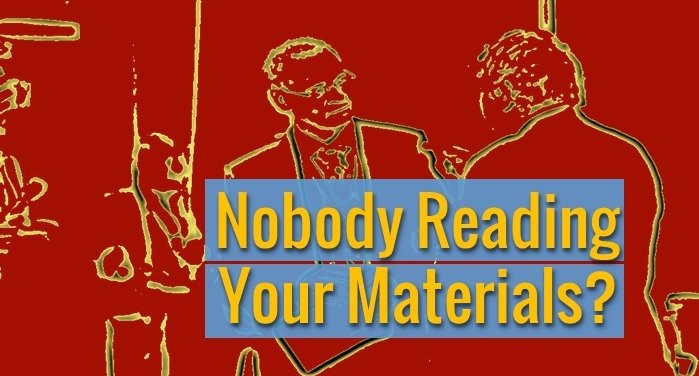


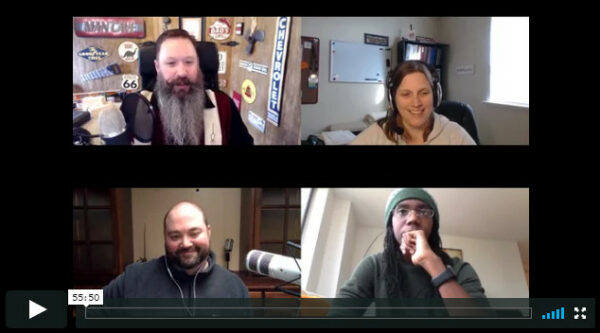
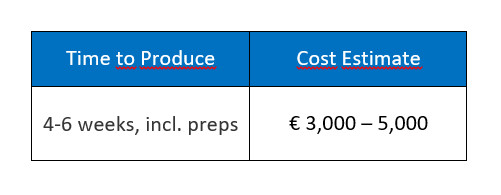
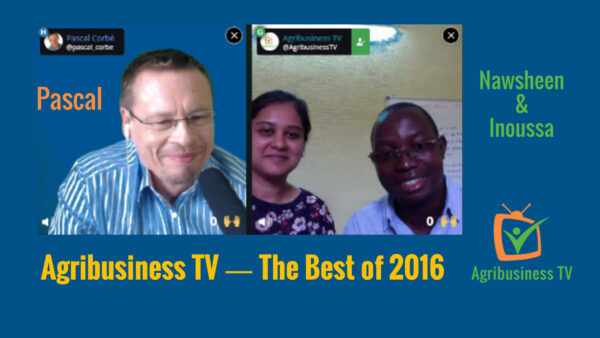


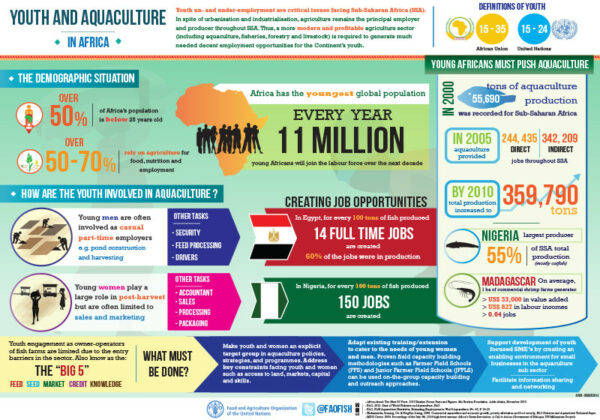
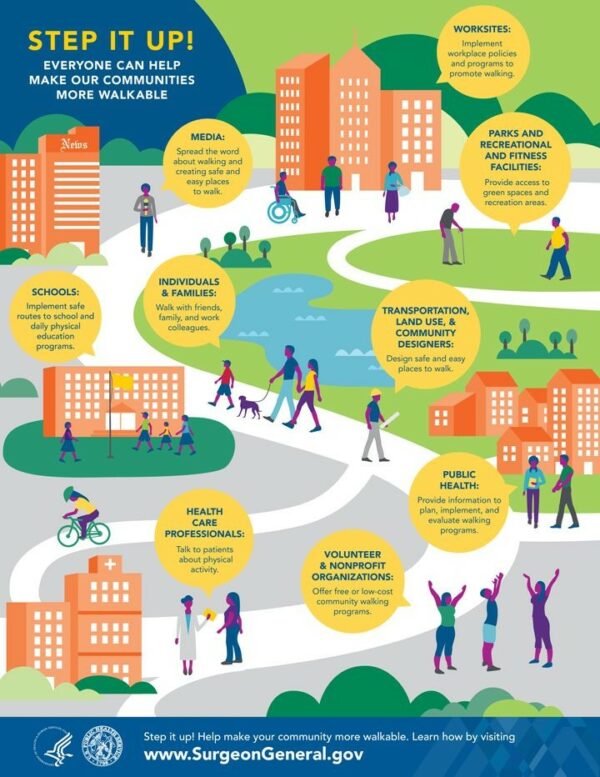

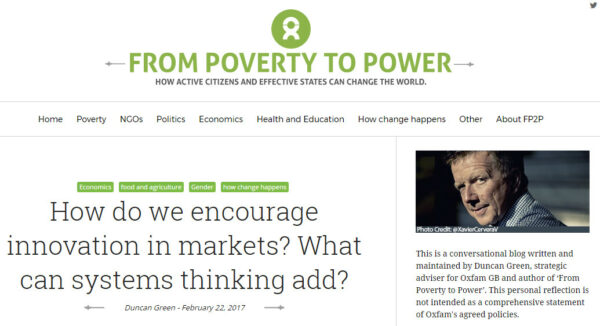

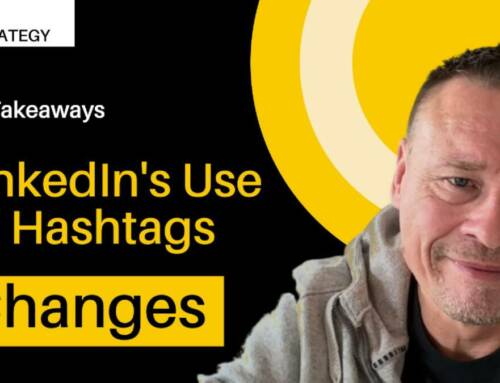

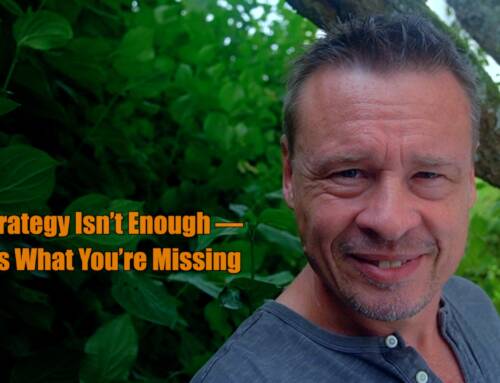
Leave A Comment